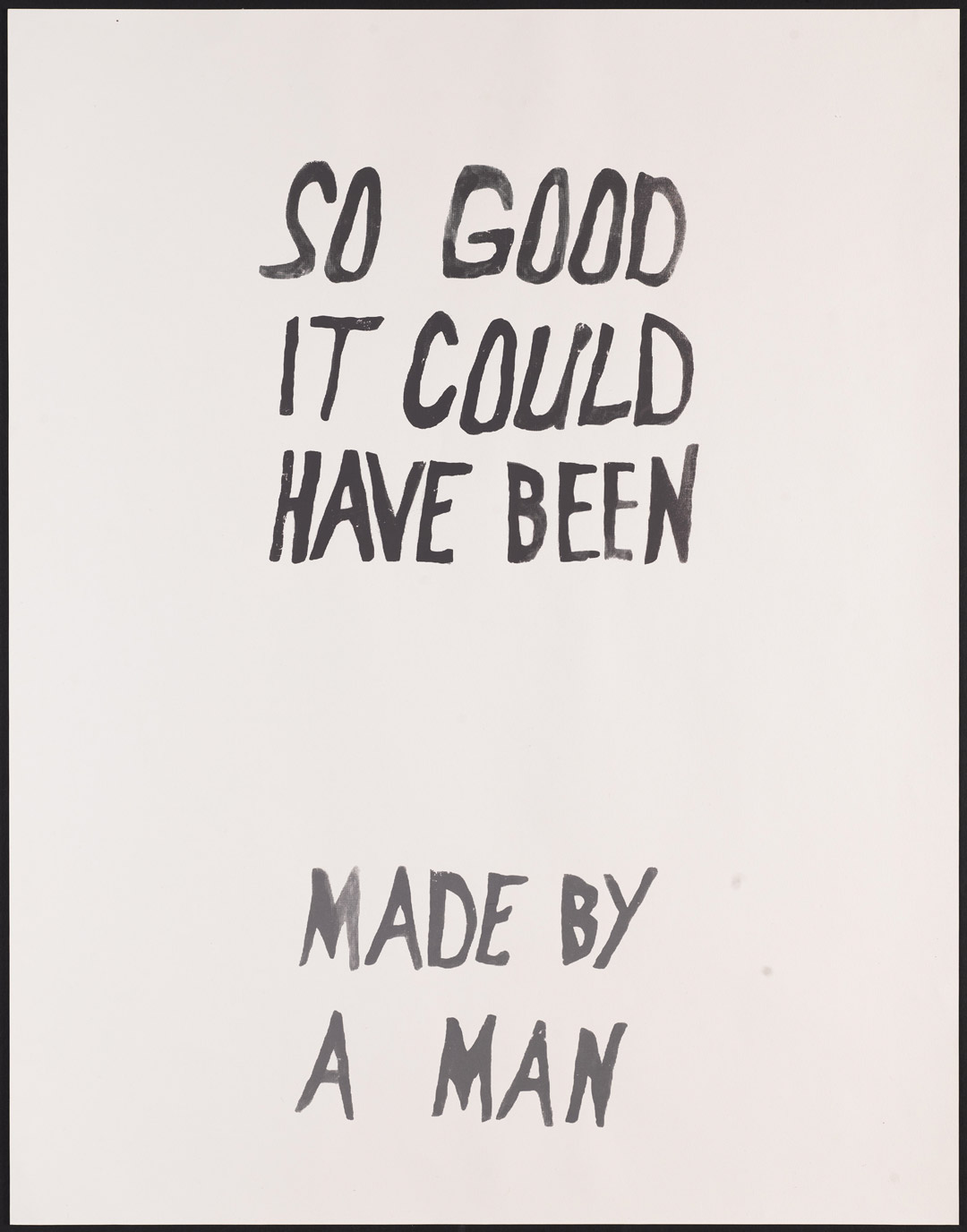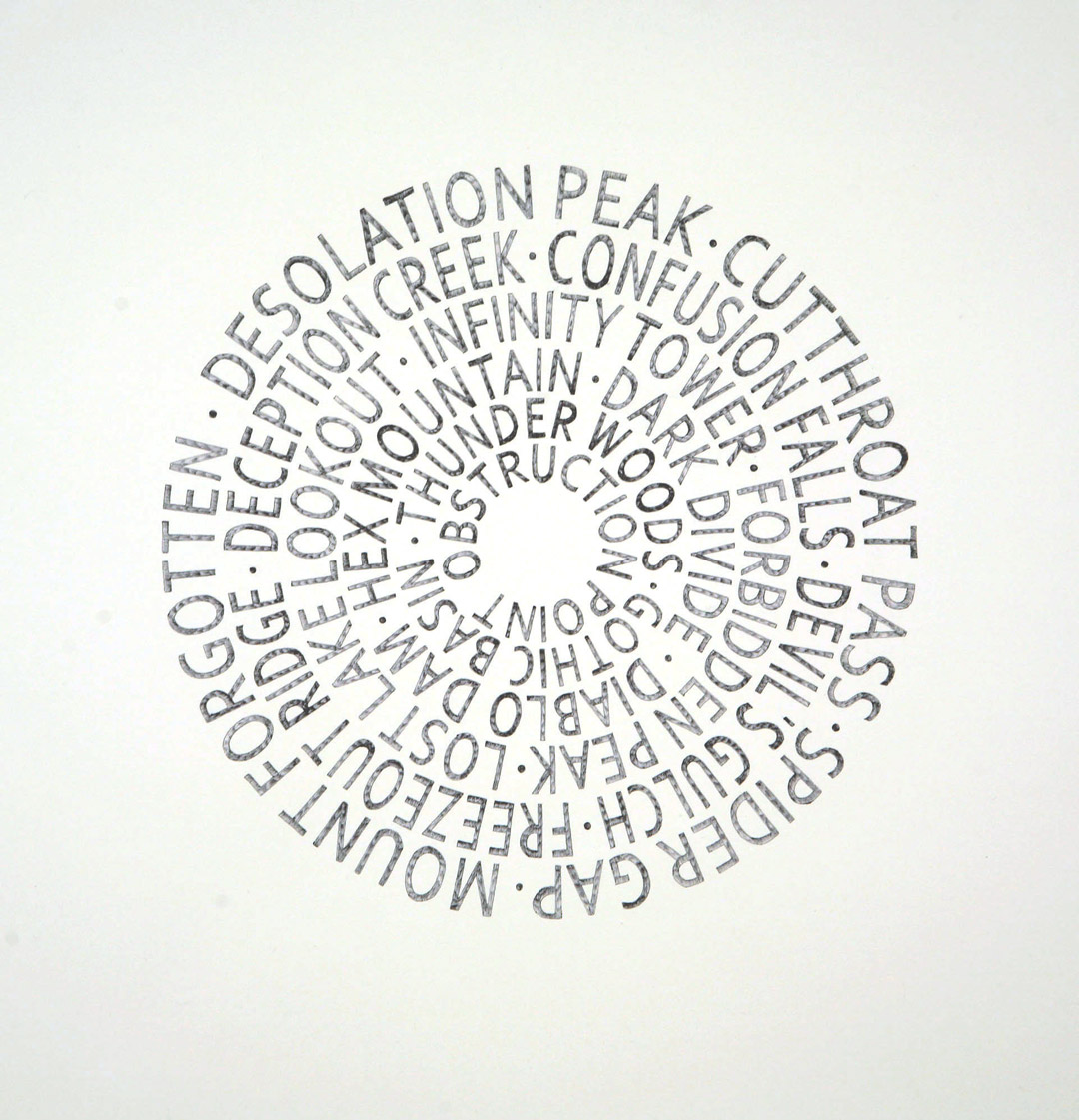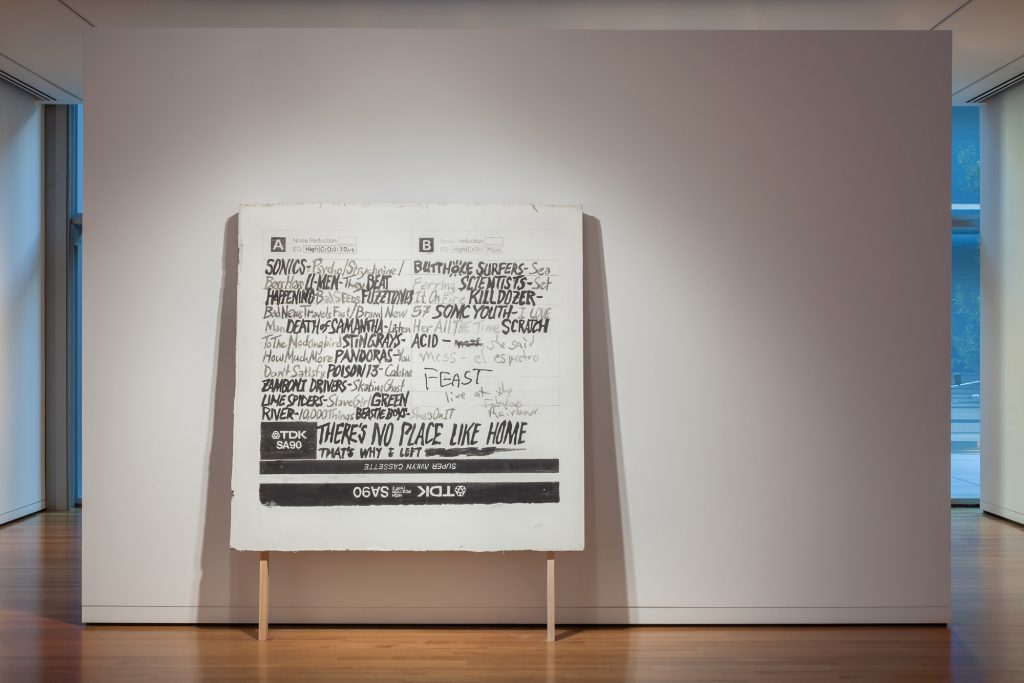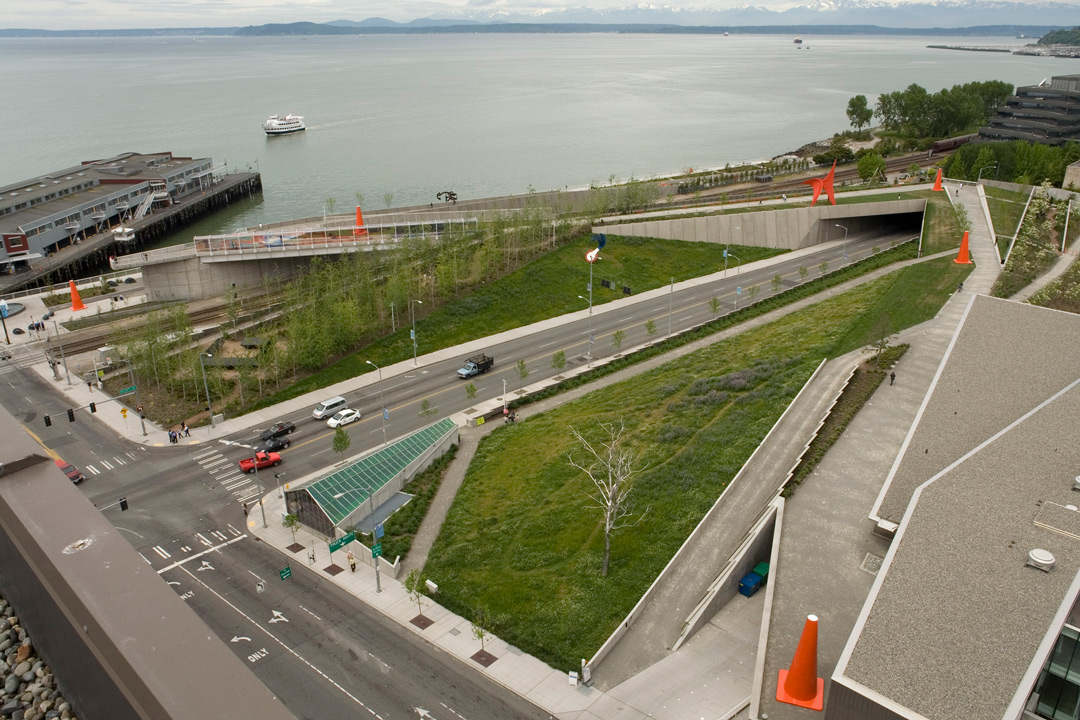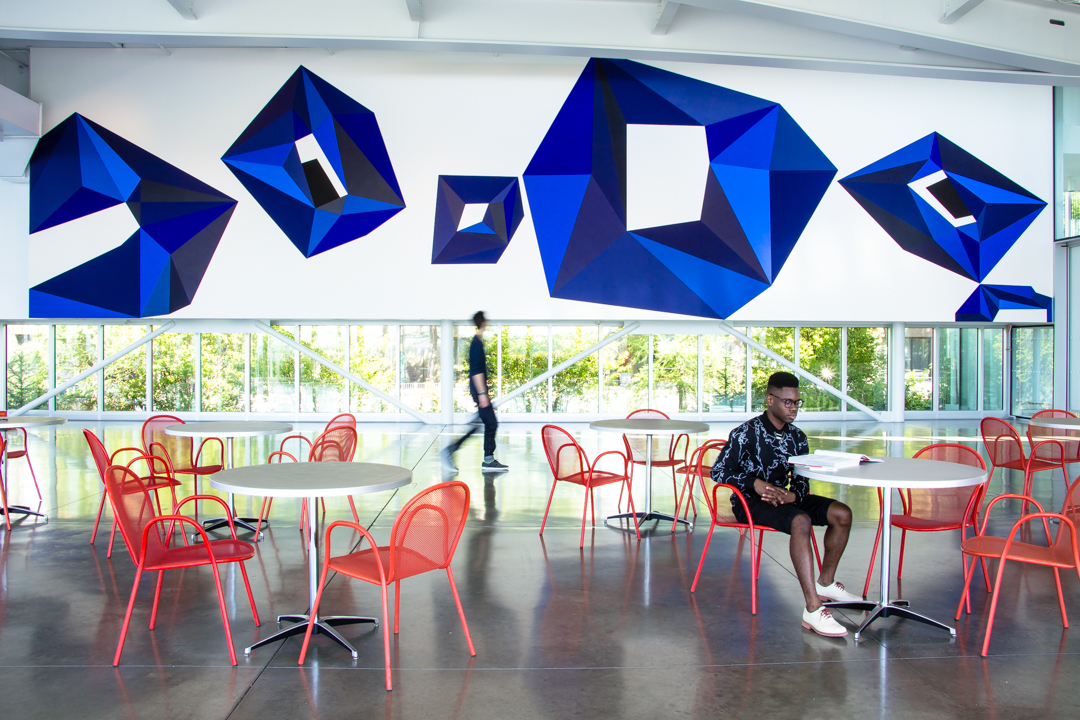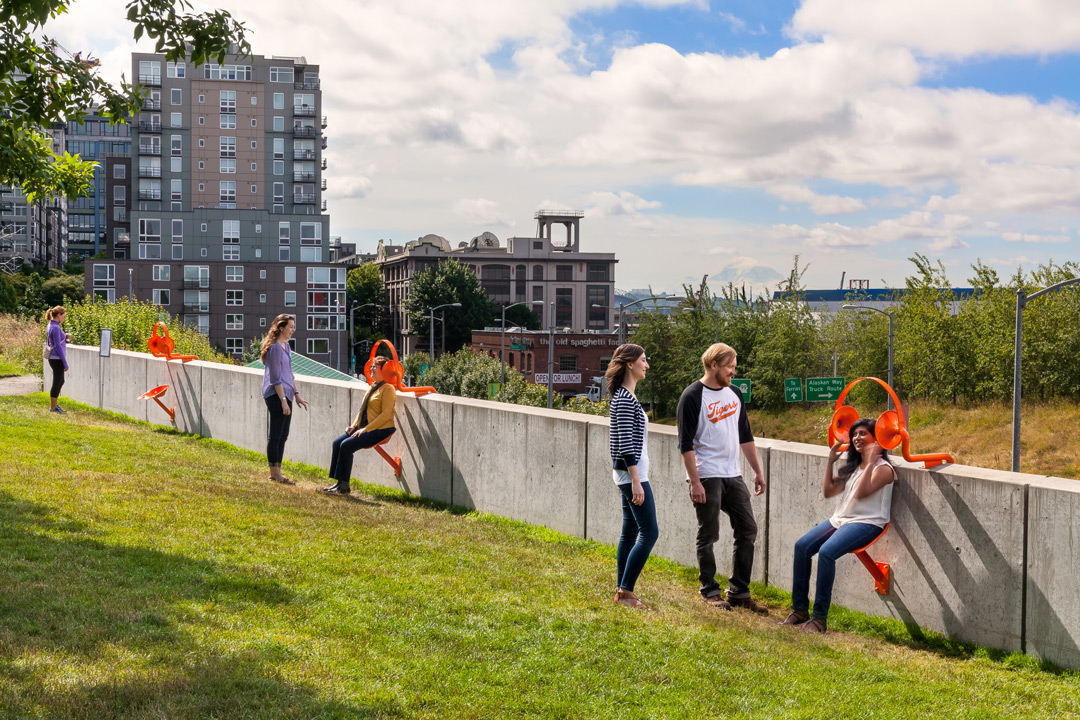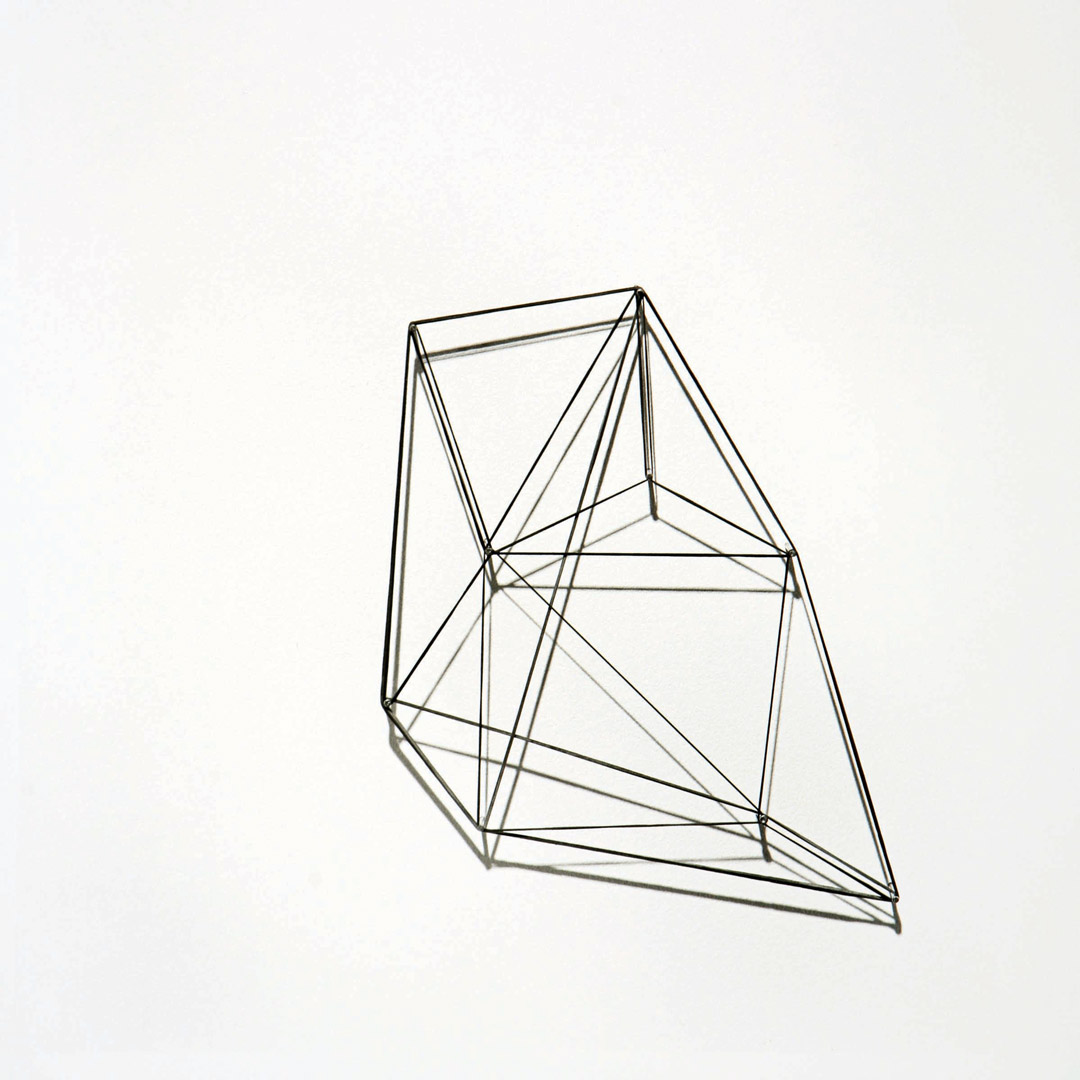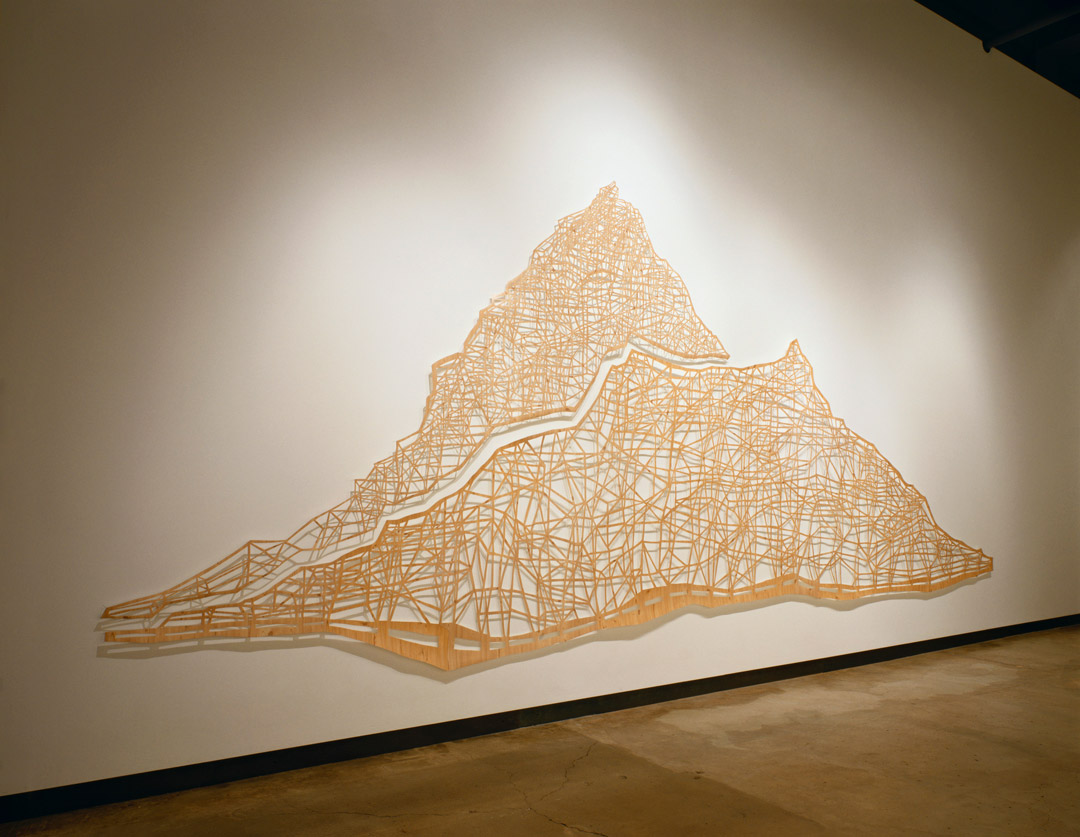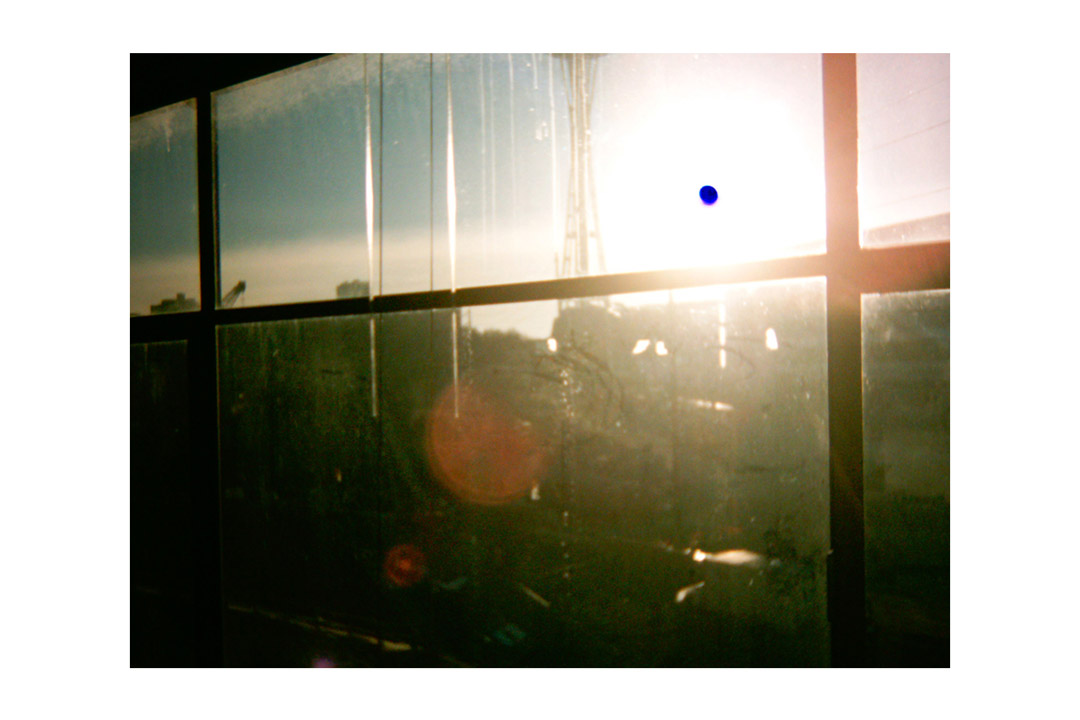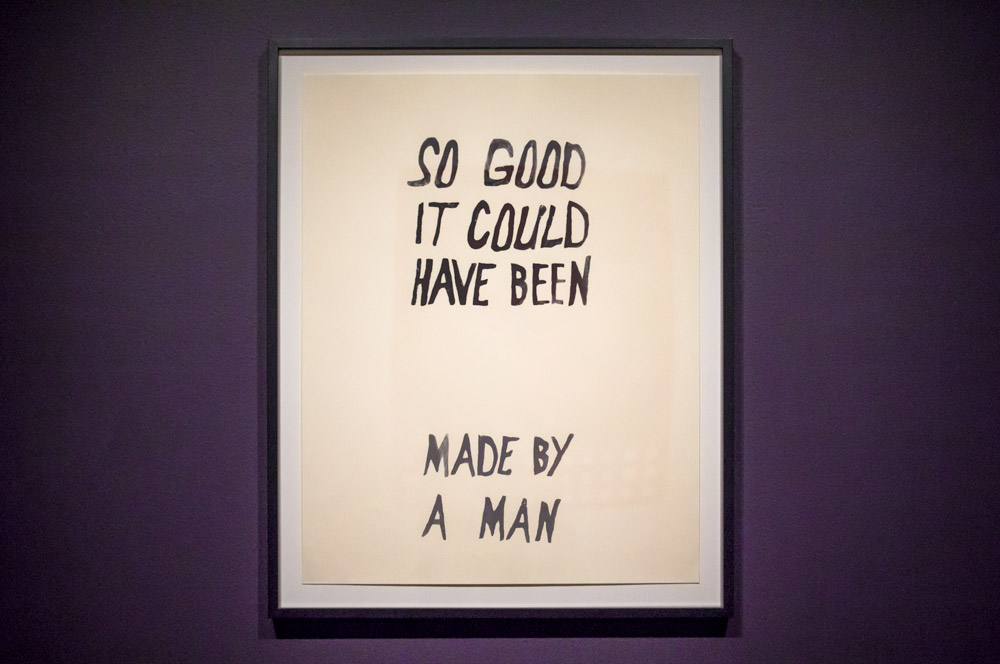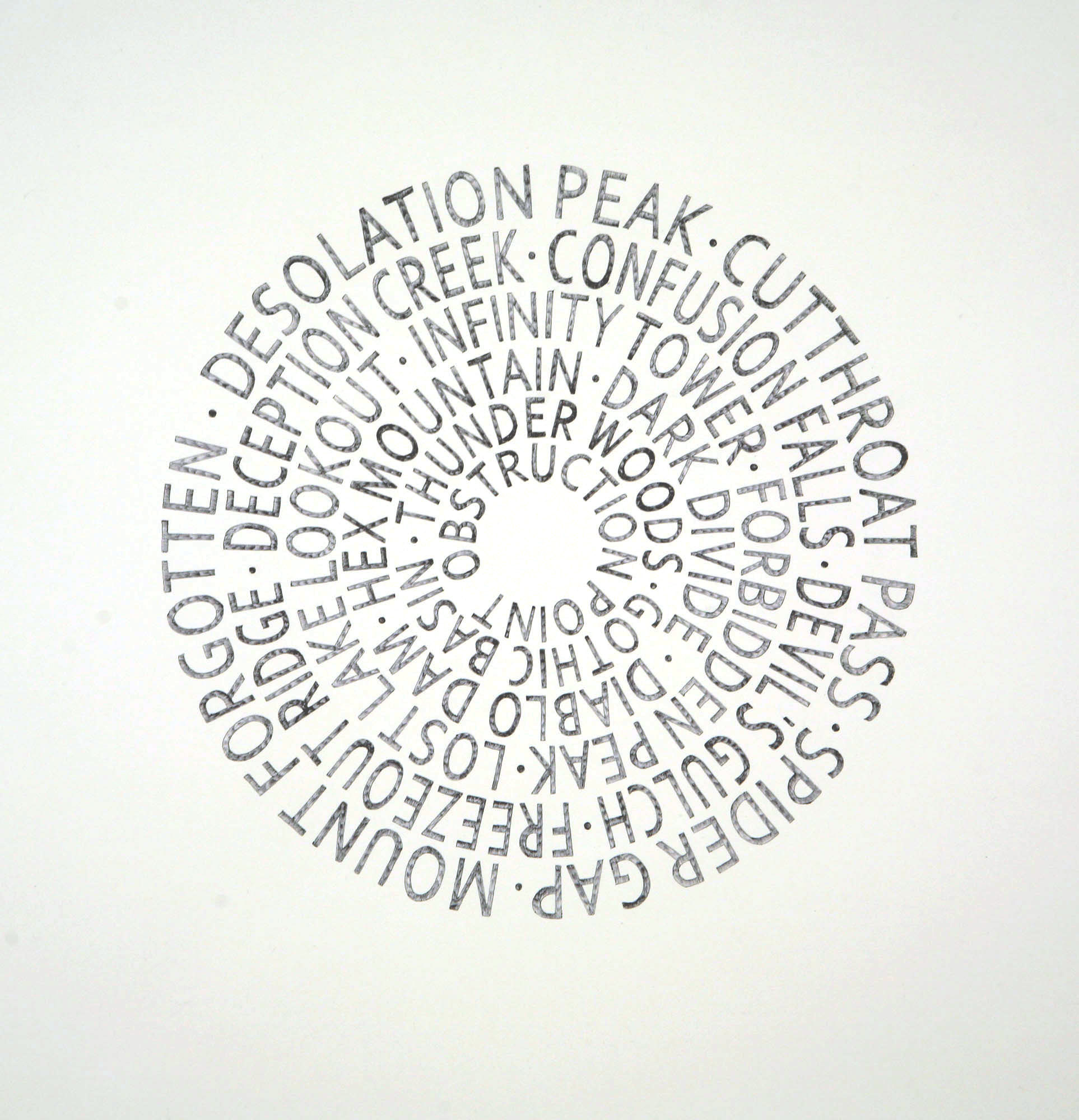Object of the Week: SO GOOD IT COULD HAVE BEEN
When a male colleague coined “so good it could have been made by a man” as a shiny new art-descriptor, artists Dawn Cerny and Victoria Haven weren’t so keen on its uptake.
Cerny and Haven met in Seattle in 2012, when Haven was working on a show at SAM on view concurrent with ELLES: Women from the Centre Pompidou, Paris. Cerny had expertise in printmaking, and Haven had a story to share: at the show’s opening event, a male painter they both knew told her not only that her work was “so good it could have been made by a man,” but “that he was mystified (with a tinge of pity) that it had been relegated to a show of work by women.”
The comment prompted the pair to collaborate, under the witty moniker DAFT KUNTZ, to reframe his words (both literally and figuratively). Without adding their own commentary, the artists ask us to consider: Should we interpret it as an underhanded compliment or a reminder that artistic and intellectual achievement is still measured by male accomplishments?
Perhaps the two are not mutually exclusive. SO GOOD IT COULD HAVE BEEN shares a certain arresting visual quality with the iconic Do Women Have To Be Naked To Get Into The Met. Museum? 1989 poster by the Guerilla Girls (the data for which has since been updated and is, spoiler alert, just as abysmal). The works are conceptually similar in their use of jarring statements that force the viewer to reflect on social structures, presented with bold text and graphic imagery. A component of Do Women Have To Be Naked To Get Into the Met? that is often overlooked, however, is one essential word: modern. It was not the case that 5% of all of the art in the Met Museum in 1989 was created by women, rather, only 5% of the art in the galleries of modern art was created by women. A common refrain in response to criticisms of male hegemony is the classic “it was a different time,” and “that was then, this is now.” It may be true that the times they are a-changing, but Cerny and Haven remind us that we still have a ways to go.
A 2016 SAM Blog post featuring SO GOOD IT COULD HAVE BEEN touches on a similar point.
“We all know the [women] artists that most people are able to list off automatically, right? The list usually goes a little something like…Georgia O’Keefe, Frida Kahlo, Dorothea Lange, etc. And they are all fantastic women artists worthy of such recognition! But there’s so many more out there. Our goal at SAM is to share a wider range of women that may not be as well known, including women of color and more contemporary artists, all from our collection.“
Relegating the exclusion of women to the past both excuses the history of male superiority in art and minimizes the exclusionary tactics that contemporary women artists face. SO GOOD IT COULD HAVE BEEN admonishes the very present imbalance and asserts a new way forward. The top text, “so good it could have been,” is hopeful and earnest. “Made by a man” is tacked on below like an official stamp; it’s a dark cloud, a swift gut punch expelling the air from once hopeful lungs. But it’s a necessary evil, because only by understanding the imbalance can we move toward a future where women artists are celebrated without being measured by male accomplishments. And perhaps, if we’re lucky, even be let into the Met fully clothed.
SO GOOD IT COULD HAVE BEEN is notable in another way: it is a collaboration between two past winners of the SAM’s annual Betty Bowen Award, an unrestricted cash prize for a Northwest artist to further their career. Dawn Cerny and Victoria Haven are both previous Grand Prize recipients of the Betty Bowen Award: Haven was awarded the prize in 2004, the two artists came together to create SO GOOD IT COULD HAVE BEEN in 2015, and Cerny went on to win the Grand Prize in 2020.
So who will be next? The 2022 Betty Bowen Award is currently open for applications through Monday, August 1 at 11 pm PST. The winner receives an unrestricted cash prize of $15,000 and a solo exhibition at SAM. For more information and to see a list of past winners, please visit visitsam.org/bettybowen or email bettybowen@seattleartmuseum.org.
– Johnna Munsen, Betty Bowen Award Administration Intern
Image: SO GOOD IT COULD HAVE BEEN, 2012, DAFT KUNTZ, Collaboration between Victoria Haven and Dawn Cerny, silkscreen on paper, 33 1/2 × 26 in. Gift of Matthew Offenbacher and Jennifer Nemhauser with funds from the 2013 Neddy Award in Painting, 2015.2.1.

